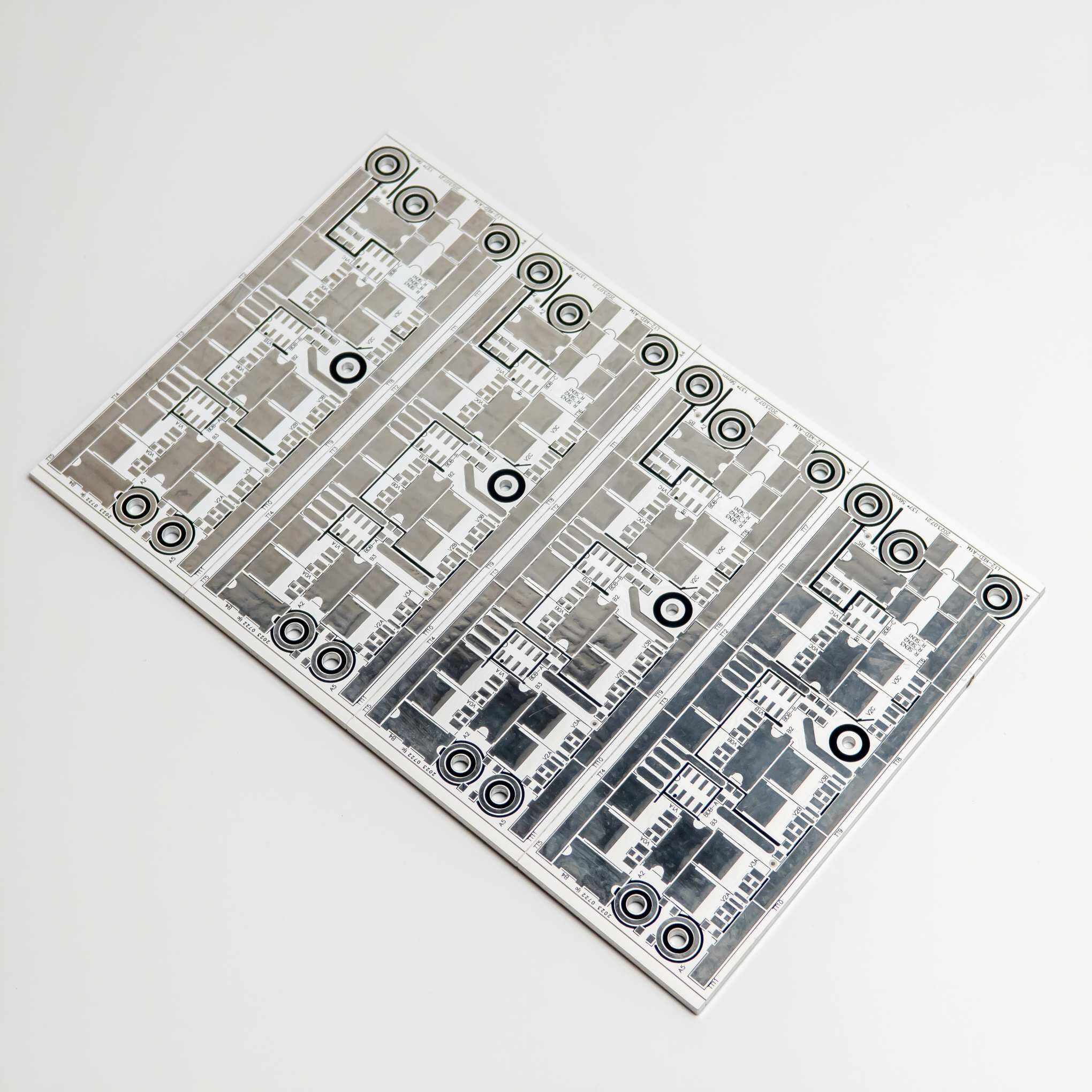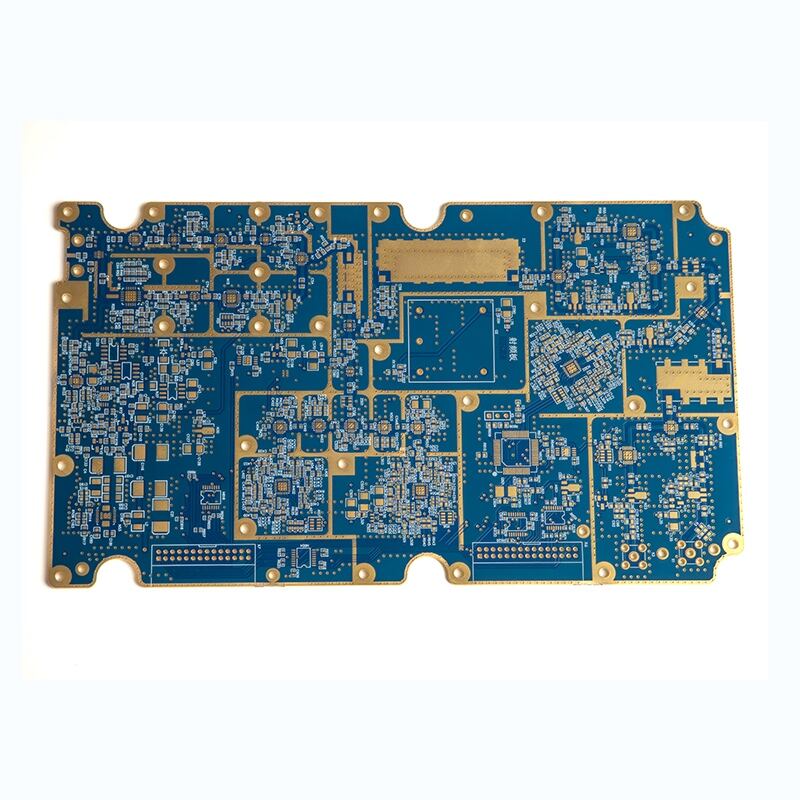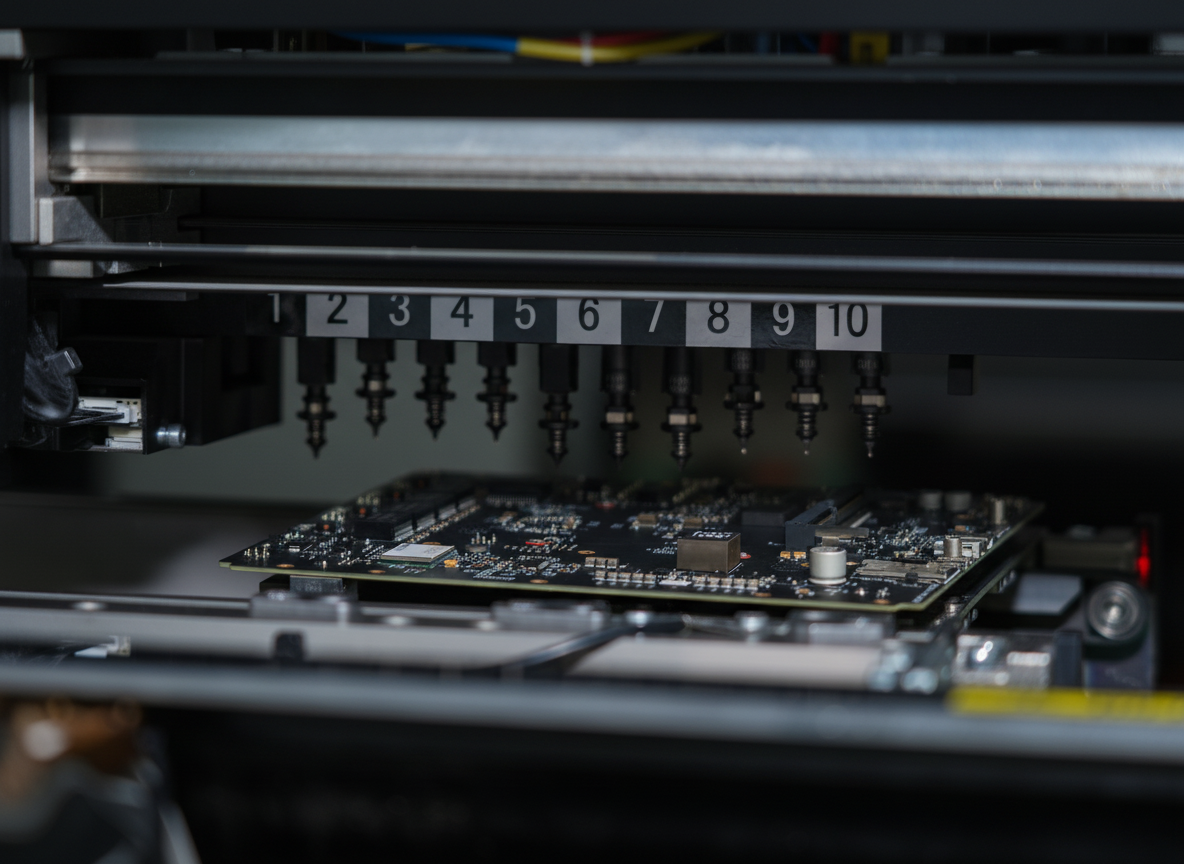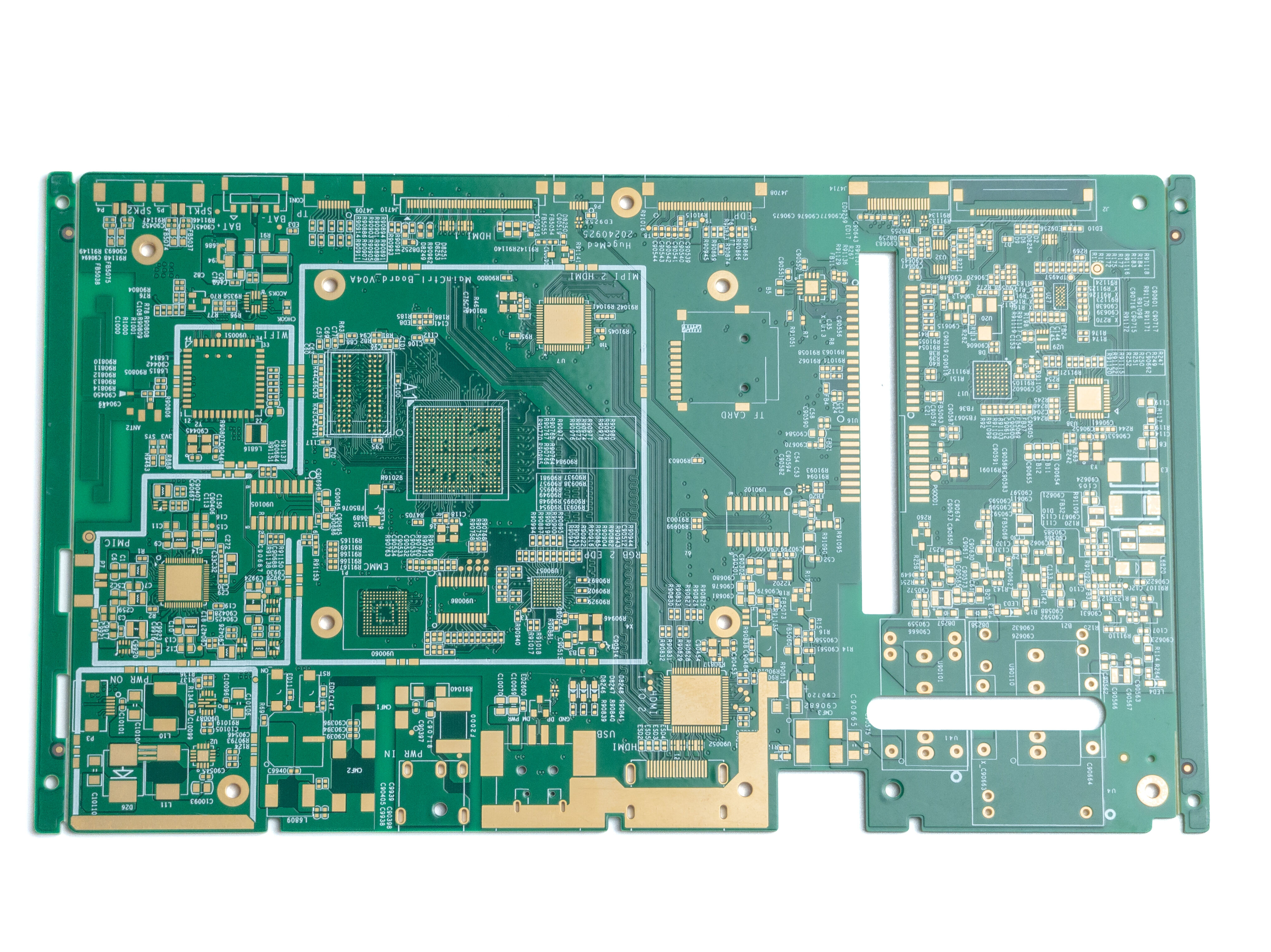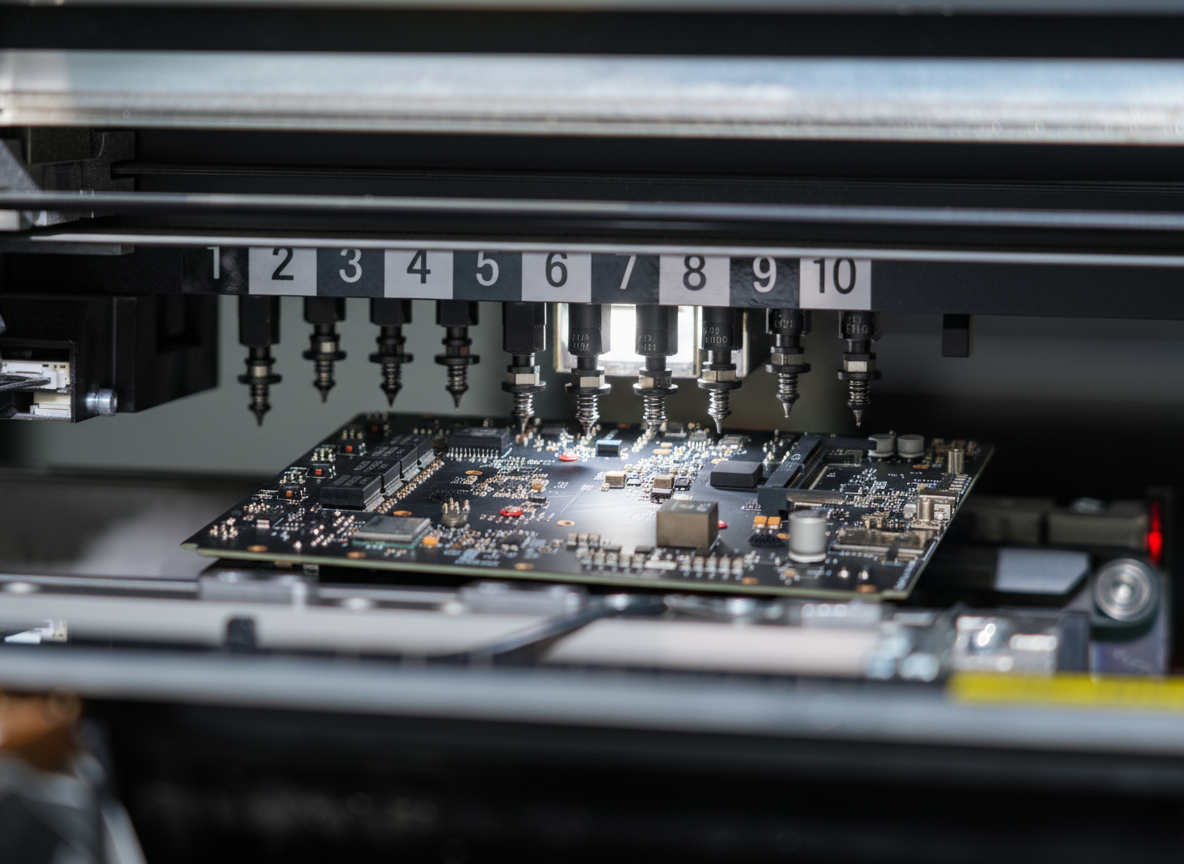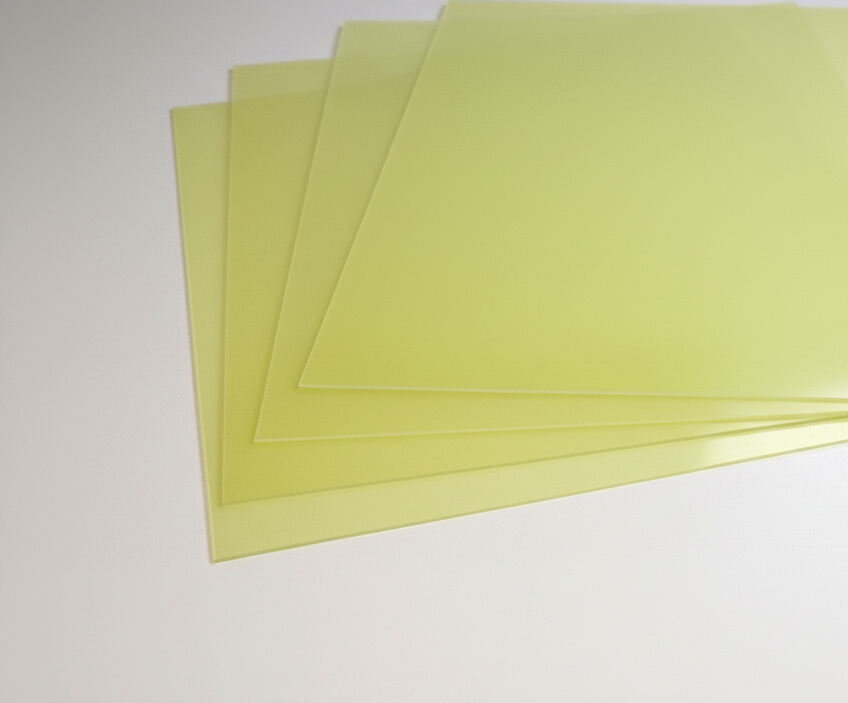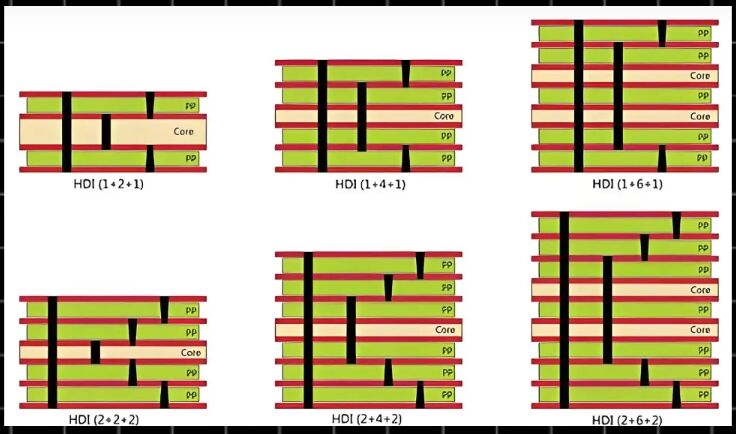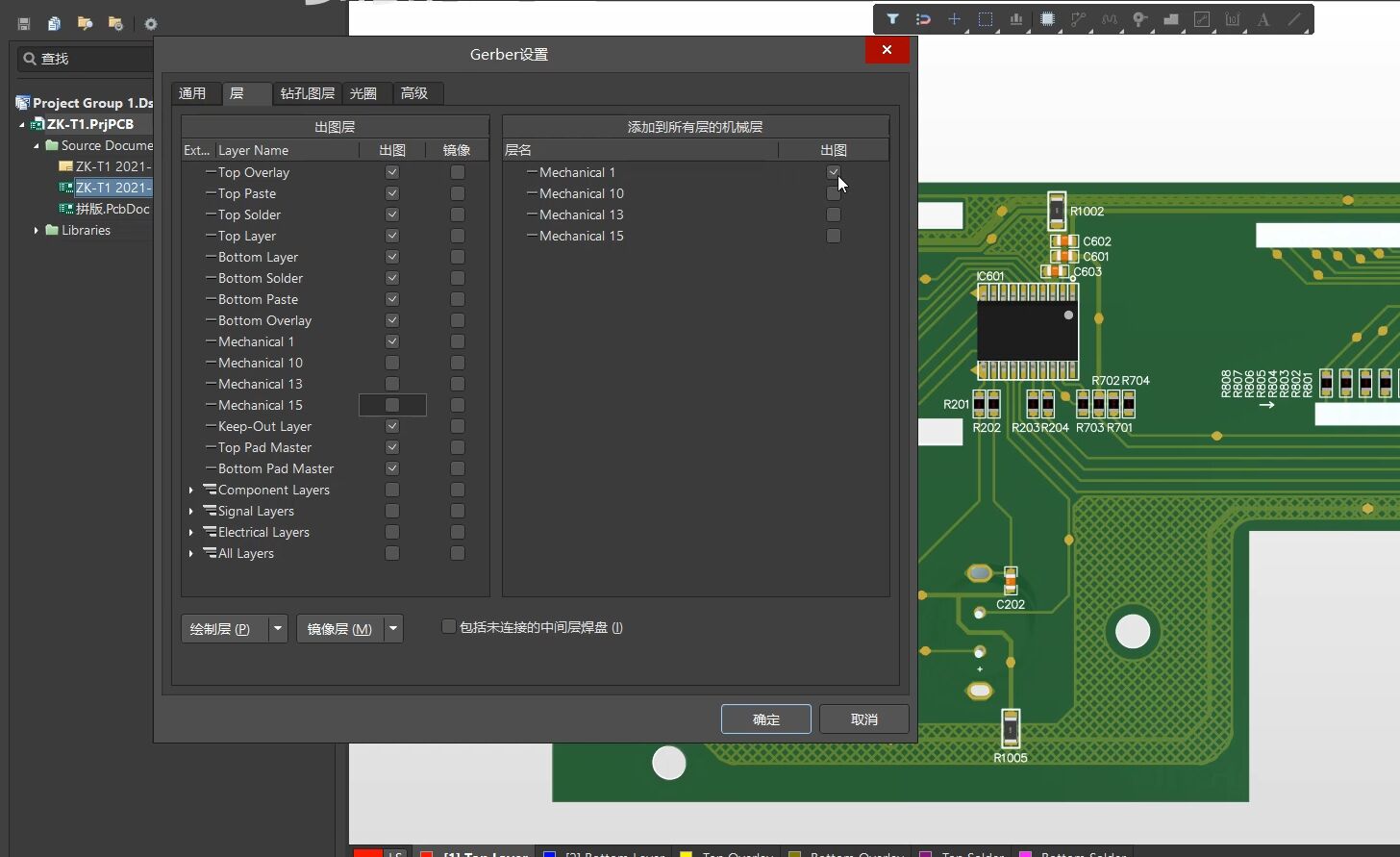flex circuit pcb
A flex circuit PCB, also known as a flexible printed circuit board, represents a groundbreaking advancement in electronic manufacturing technology. These versatile circuits are constructed using flexible base materials that allow them to bend, fold, and conform to various three-dimensional shapes while maintaining their electrical functionality. The core structure typically consists of a flexible polymer film base with conductive copper patterns laminated onto its surface. This innovative design enables the creation of electronic circuits that can be installed in spaces where rigid PCBs would be impractical or impossible to use. Flex circuit PCBs excel in applications requiring dynamic flexing, reduced weight, and space optimization. They are particularly valuable in modern electronic devices where components need to be connected across moving parts or fitted into compact, irregularly shaped enclosures. These circuits can be designed in single-layer, double-layer, or multi-layer configurations, offering varying degrees of complexity and functionality. Their ability to replace multiple rigid boards and cable assemblies with a single flexible circuit has revolutionized the electronics industry, particularly in sectors such as aerospace, medical devices, and consumer electronics. The manufacturing process involves sophisticated techniques that ensure both flexibility and durability, resulting in reliable performance even under challenging conditions.

